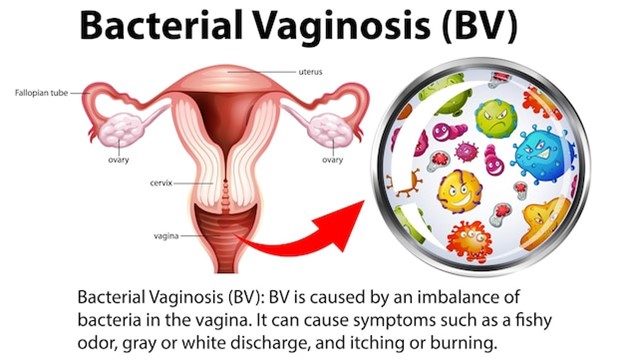Bacterial vaginosis (BV) is a common vaginal infection that affects many women worldwide, including those in South Africa. It occurs when the normal balance of bacteria in the vagina is disrupted, leading to an overgrowth of harmful bacteria. BV is not a sexually transmitted infection (STI), but it can increase the risk of acquiring STIs. Recognizing the symptoms of BV is important for early detection and prompt treatment. By understanding the signs, women in South Africa can seek appropriate medical care and maintain their vaginal health.
- Unusual Vaginal Discharge: One of the primary symptoms of BV is an abnormal vaginal discharge. The discharge is often thin, white or grayish, and has a distinct fishy odor, especially after sexual intercourse. The discharge may be more noticeable after menstruation and can be accompanied by an increased amount of discharge.
- Strong Fishy Odor: A strong fishy odor is a characteristic sign of BV. The odor is typically more pronounced after sexual intercourse or when the vaginal discharge mixes with urine. The odor is different from the normal, mild vaginal odor and may become more noticeable during the menstrual cycle.
- Vaginal Itching or Irritation: Some women with BV may experience vaginal itching or irritation. This can cause discomfort and a general sense of unease in the vaginal area. Itching may be mild to moderate and can be aggravated by wearing tight clothing or using certain hygiene products.
- Burning Sensation During Urination: In some cases, BV can cause a burning sensation or discomfort during urination. This symptom is not as common as the others but can occur due to the irritation caused by the imbalance of bacteria in the vaginal area.
- Absence of Vaginal Redness or Swelling: Unlike other vaginal infections, such as yeast infections or STIs, BV does not typically cause significant redness or swelling of the vaginal area. The symptoms primarily involve changes in vaginal discharge, odor, and potential itching or discomfort.
It is important to note that some women with BV may not experience any noticeable symptoms. This is known as asymptomatic BV, and it can still increase the risk of complications, such as pelvic inflammatory disease (PID) or preterm birth in pregnant women. Regular gynecological check-ups and screenings can help detect BV even in the absence of symptoms.
If you suspect that you may have BV based on the symptoms mentioned above, it is important to consult a healthcare professional, such as a gynecologist or primary care physician. They can perform a physical examination, evaluate your symptoms, and conduct laboratory tests to confirm the diagnosis. BV is typically treated with antibiotics prescribed by a healthcare professional, which can help restore the balance of bacteria in the vagina.
In conclusion, recognizing the symptoms of bacterial vaginosis is crucial for women in South Africa to seek appropriate medical care and treatment. Early detection and treatment can help prevent complications and promote vaginal health. Remember, maintaining good hygiene, using gentle and unscented products for intimate care, and practicing safe sexual behaviors can contribute to overall vaginal health and reduce the risk of developing bacterial vaginosis.










